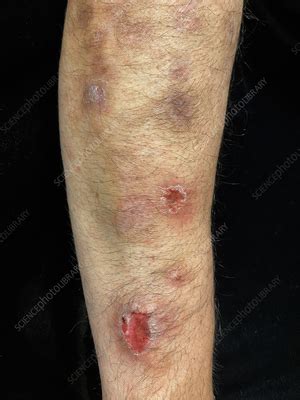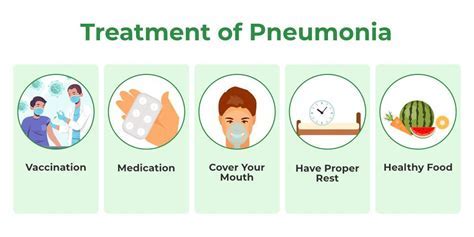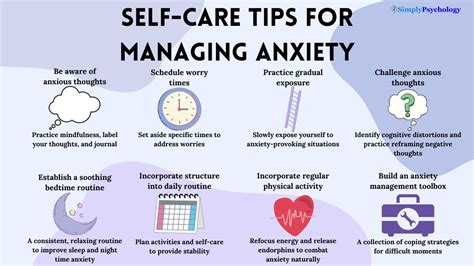Intro
Discover the complexities of Skin Picking Disorder, including its causes, symptoms, and treatment options, to understand this compulsive habit and related conditions like dermatillomania and anxiety disorders.
Skin picking disorder, also known as dermatillomania or excoriation disorder, is a mental health condition characterized by repetitive and compulsive picking at one's own skin. This behavior can lead to skin damage, infection, and scarring, causing significant distress and impairment in daily life. Despite its prevalence, skin picking disorder often goes unreported and untreated, leaving many individuals to suffer in silence. In this article, we will delve into the world of skin picking disorder, exploring its causes, symptoms, diagnosis, and treatment options, as well as providing guidance on how to manage this condition and improve overall well-being.
Skin picking disorder can affect anyone, regardless of age, gender, or background. It is estimated that up to 5% of the population suffers from this condition, although the actual number may be higher due to underreporting. Individuals with skin picking disorder often experience intense anxiety, stress, or emotional distress, which can trigger the urge to pick at their skin. This behavior can provide temporary relief or comfort, but it can also lead to feelings of guilt, shame, and embarrassment, creating a vicious cycle of picking and hiding.
The causes of skin picking disorder are complex and multifaceted. Research suggests that it may be related to a combination of genetic, environmental, and psychological factors, including trauma, stress, and anxiety. Individuals with a family history of skin picking disorder or other mental health conditions, such as obsessive-compulsive disorder (OCD), may be more likely to develop this condition. Additionally, skin picking disorder can be triggered by skin conditions like acne, eczema, or psoriasis, which can create an irresistible urge to pick or scratch the affected area.
Understanding Skin Picking Disorder

To understand skin picking disorder, it is essential to recognize its symptoms and characteristics. Individuals with this condition often exhibit repetitive and compulsive skin picking behaviors, which can be triggered by various factors, including stress, anxiety, or boredom. The skin picking can occur on any part of the body, although the face, arms, and hands are the most common areas. The behavior can be so intense that it leads to skin damage, scarring, and infection, causing significant distress and impairment in daily life.
Types of Skin Picking Disorder
There are several types of skin picking disorder, each with distinct characteristics and symptoms. These include: * Focused skin picking: This type involves repetitive and intentional skin picking, often in response to stress, anxiety, or other emotional triggers. * Automatic skin picking: This type involves unconscious or habitual skin picking, often while engaged in other activities, such as watching TV or browsing the internet. * Mixed skin picking: This type involves a combination of focused and automatic skin picking behaviors.Diagnosis and Treatment

Diagnosing skin picking disorder can be challenging, as it often co-occurs with other mental health conditions, such as OCD, anxiety, or depression. A comprehensive diagnosis involves a thorough medical and psychological evaluation, including a physical exam, laboratory tests, and a mental health assessment. Treatment for skin picking disorder typically involves a combination of psychotherapy, medication, and self-help strategies.
Psychotherapy for Skin Picking Disorder
Psychotherapy, particularly cognitive-behavioral therapy (CBT), is an effective treatment for skin picking disorder. CBT helps individuals identify and challenge negative thought patterns and behaviors, develop coping skills and strategies, and improve emotional regulation. Other forms of psychotherapy, such as psychodynamic therapy and mindfulness-based therapy, may also be beneficial.Self-Help Strategies

In addition to seeking professional help, there are several self-help strategies that can help manage skin picking disorder. These include:
- Keeping a skin picking diary to track triggers and behaviors
- Practicing relaxation techniques, such as deep breathing, progressive muscle relaxation, or meditation
- Engaging in physical activity, such as exercise or yoga, to reduce stress and anxiety
- Using creative expression, such as art or writing, to express emotions and manage stress
- Building a support network of friends, family, or support groups to share experiences and receive encouragement
Medications for Skin Picking Disorder
Medications, such as selective serotonin reuptake inhibitors (SSRIs), may be prescribed to help manage symptoms of skin picking disorder, particularly when it co-occurs with other mental health conditions, such as OCD or anxiety. However, medication should be used under the guidance of a healthcare professional and in conjunction with psychotherapy and self-help strategies.Managing Triggers and Preventing Relapse

Managing triggers and preventing relapse are crucial aspects of recovering from skin picking disorder. This involves identifying and avoiding triggers, developing coping skills and strategies, and maintaining a healthy lifestyle. Individuals can also benefit from joining support groups or online communities to share experiences, receive support, and learn from others who are struggling with similar conditions.
Coping with Emotional Distress
Coping with emotional distress is essential for managing skin picking disorder. This involves developing healthy emotional regulation skills, such as recognizing and expressing emotions, managing stress and anxiety, and practicing self-compassion. Individuals can also benefit from engaging in activities that promote relaxation and stress reduction, such as meditation, yoga, or deep breathing exercises.Conclusion and Final Thoughts

In conclusion, skin picking disorder is a complex and multifaceted condition that requires a comprehensive treatment approach. By understanding the causes, symptoms, and characteristics of skin picking disorder, individuals can seek help and develop effective strategies for managing this condition. With the right treatment and support, individuals can overcome skin picking disorder and improve their overall well-being.
We invite you to share your thoughts and experiences with skin picking disorder in the comments below. If you or someone you know is struggling with this condition, please seek help from a qualified mental health professional. You can also share this article with others who may benefit from this information.
What is skin picking disorder?
+Skin picking disorder, also known as dermatillomania or excoriation disorder, is a mental health condition characterized by repetitive and compulsive picking at one's own skin.
What are the symptoms of skin picking disorder?
+The symptoms of skin picking disorder include repetitive and compulsive skin picking behaviors, skin damage, scarring, and infection, causing significant distress and impairment in daily life.
How is skin picking disorder treated?
+Treatment for skin picking disorder typically involves a combination of psychotherapy, medication, and self-help strategies, such as cognitive-behavioral therapy, relaxation techniques, and creative expression.
Can skin picking disorder be cured?
+While skin picking disorder can be managed and treated, it is a chronic condition that requires ongoing effort and commitment to overcome. With the right treatment and support, individuals can reduce their symptoms and improve their overall well-being.
How can I seek help for skin picking disorder?
+If you or someone you know is struggling with skin picking disorder, please seek help from a qualified mental health professional. You can also contact a support hotline or join a support group to connect with others who are experiencing similar challenges.
